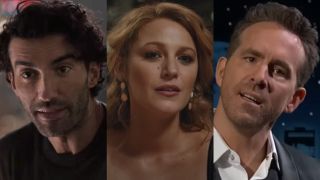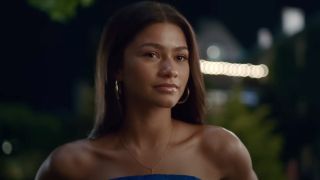Movies
Explore Movies
Latest about Movies
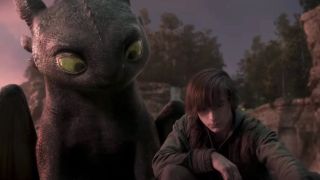
I Watched How To Train Your Dragon For The First Time, And This Is The Big Moment I’m Super Pumped To See In The Live-Action Remake
By Adam Holmes published
Hey, better late than never!
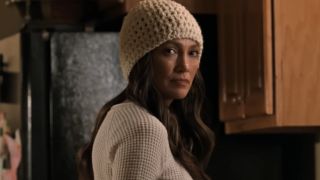
Rumors Are Swirling About Jennifer Lopez Possibly Proving She’s Still Jenny From Ben’s Block Soon
By Erik Swann published
Just how close does JLo want to be to Ben Affleck?
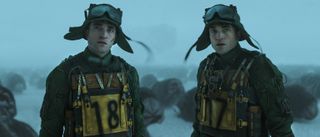
Mickey 17 Review: Bong Joon-ho's Parasite Follow-Up Is Goofy And Smart But Also Flawed
By Eric Eisenberg published
Robert Pattinson delivers a terrific dual performance.

While Timothée Chalamet And Kylie Jenner Tend To Keep Their Relationship Private, New Footage Of Them At A Film Festival Proves They're A Power Couple
By Riley Utley published
If you didn't think they were a power couple yet, this might change your mind.
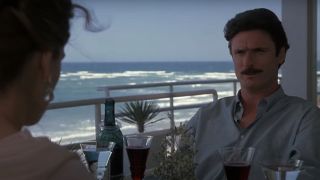
32 Most Despicable Romantic Partners From Movies And TV Shows
By Jason Wiese published
These people give love a bad name.
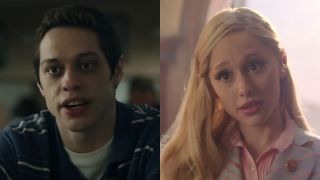
As Ariana Grande Earns Praise For Wicked Amid Awards Season, Ex-Fiancé Pete Davidson Weighs In On Her Oscar Nomination
By Ryan LaBee published
Pete Davidson addresses his ex's big awards nod.

The Substance’s Director Shares Surprising Studio Note She Thinks Came From ‘Guys’: ‘From All The Things In The Movie I Thought Could Bother People….'
By Ryan LaBee published
The Substance delivers shocking moments, but this tame scene had execs squirming.
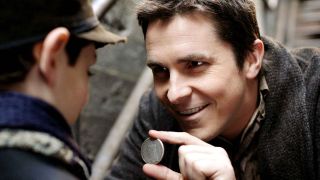
After Rewatching The Prestige, I Now Think It's Nolan's Best Movie. Here's Why
By Rich Knight published
And for their next trick...
CINEMABLEND NEWSLETTER
Your Daily Blend of Entertainment News
LATEST ARTICLES
